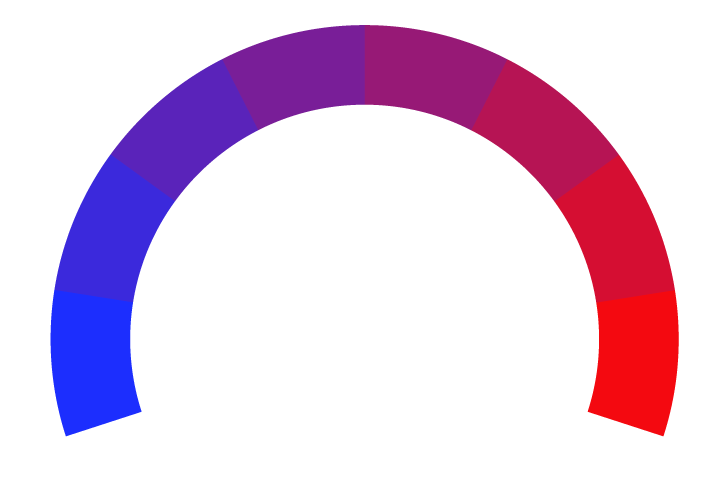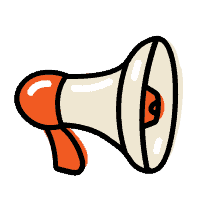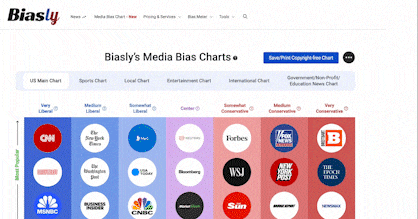 La Crosse Tribune Article Rating
La Crosse Tribune Article RatingCuts to Health and Nutrition Services May Be Putting Babies at Risk
- Bias Rating
- Reliability
90% ReliableExcellent
- Policy Leaning
18% Somewhat Right
- Politician Portrayal
N/A
Continue For Free
Create your free account to see the in-depth bias analytics and more.
By creating an account, you agree to our Terms and Privacy Policy, and subscribe to email updates.
Bias Score Analysis
The A.I. bias rating includes policy and politician portrayal leanings based on the author’s tone found in the article using machine learning. Bias scores are on a scale of -100% to 100% with higher negative scores being more liberal and higher positive scores being more conservative, and 0% being neutral.
Sentiments
-26% Negative
- Liberal
- Conservative
| Sentence | Sentiment | Bias |
|---|---|---|
Unlock this feature by upgrading to the Pro plan. | ||
Reliability Score Analysis
Policy Leaning Analysis
Politician Portrayal Analysis
Bias Meter
Extremely
Liberal
Very
Liberal
Moderately
Liberal
Somewhat Liberal
Center
Somewhat Conservative
Moderately
Conservative
Very
Conservative
Extremely
Conservative
-100%
Liberal
100%
Conservative

Contributing sentiments towards policy:
60% : To learn more about how public policy is impacting American families, and to access tools to become an advocate for infants and toddlers, visit ncit.org/take-action.49% : The pressure to balance state budgets could mean dropping optional Medicaid services, reducing or eliminating state participation in SNAP, or cutting other early childhood services, such as early care and learning.
44% : Economic fall-out could mean cuts to services: Provisions requiring increased state cost-sharing for SNAP, combined with restricted financing measures for Medicaid, will leave a state budget gap of over $440 billion over 10 years.
39% : According to the Congressional Budget Office, cuts to Medicaid will cause as many as 10 million people to lose their health insurance by 2034.
*Our bias meter rating uses data science including sentiment analysis, machine learning and our proprietary algorithm for determining biases in news articles. Bias scores are on a scale of -100% to 100% with higher negative scores being more liberal and higher positive scores being more conservative, and 0% being neutral. The rating is an independent analysis and is not affiliated nor sponsored by the news source or any other organization.























